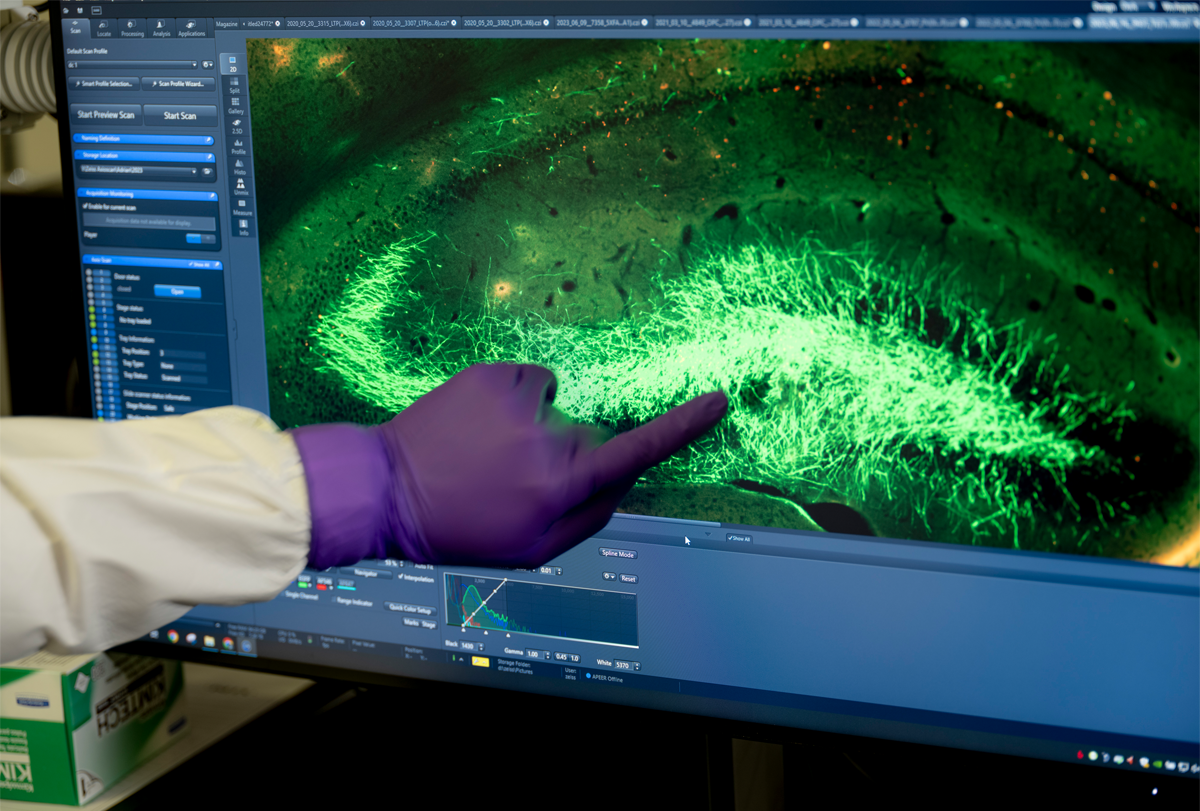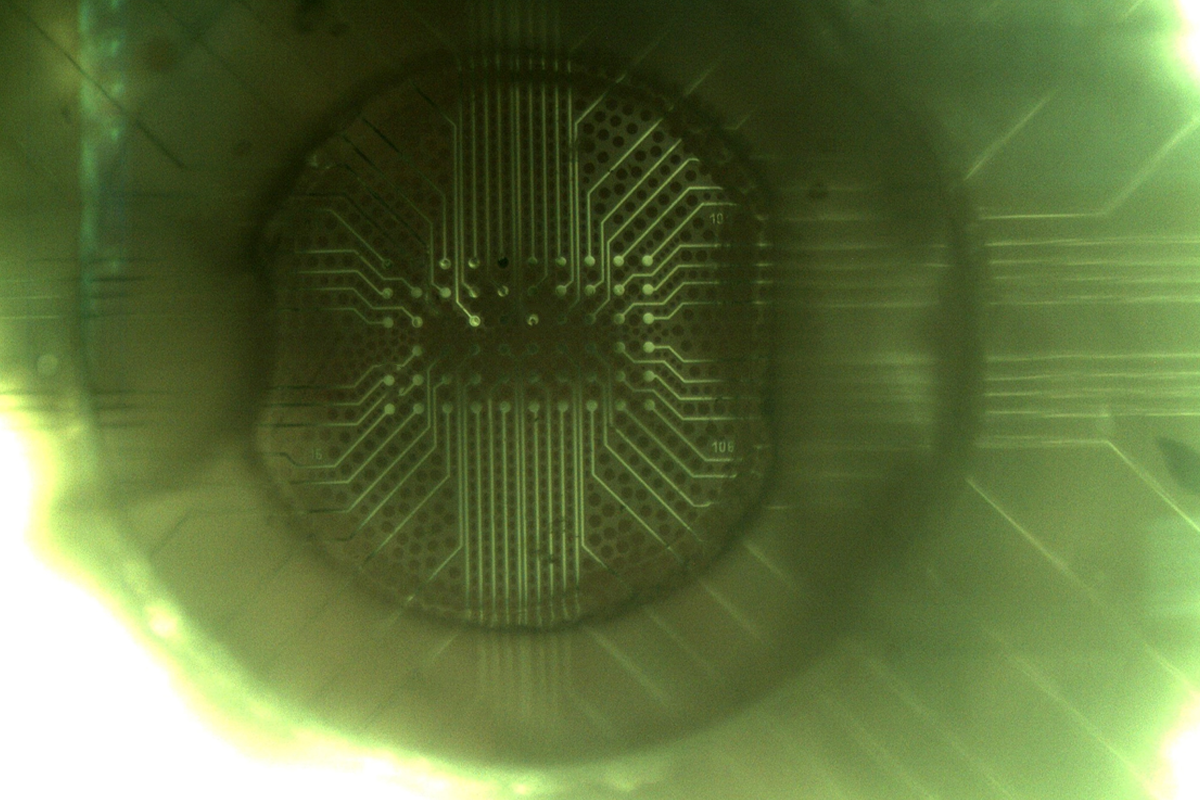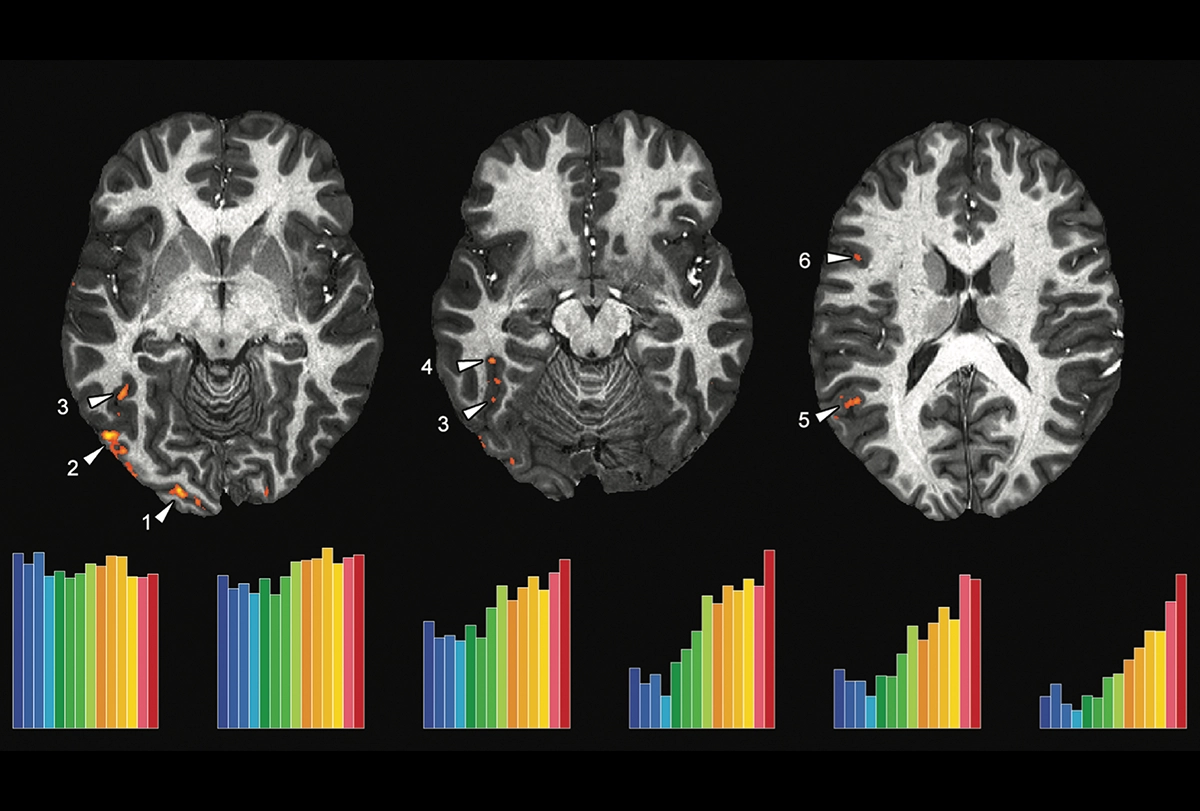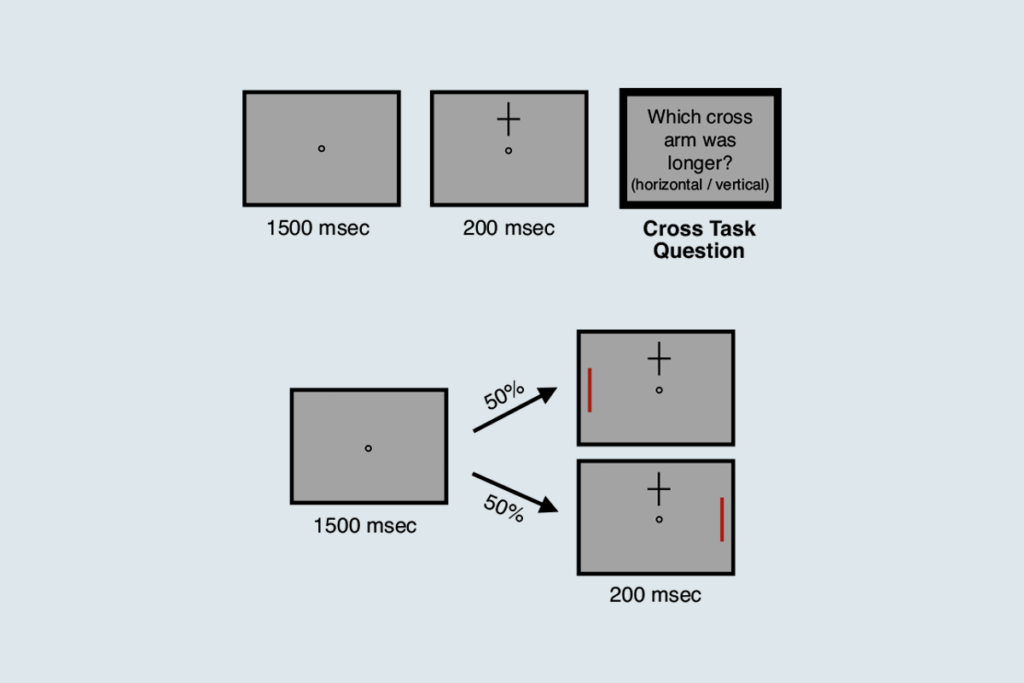Long-form stories offer an opportunity to explore nuance — and this crop of staff picks from 2023 is no exception. Even though The Transmitter is less than two months old, we started preparing, and in some cases publishing, neuroscience deep dives and book excerpts over the summer. Our favorites listed below delve into the neurobiology of cancer, problems with survey data, the debate over free will, mathematical minds and questions around one startup’s quest to treat brain conditions with cell therapies.

Going deep: The Transmitter’s top long-form stories in 2023
Our favorite features and book excerpts from the past year delved into the neurobiology of cancer; problems with survey data; free will; mathematical minds; and questions around one startup’s quest to treat brain conditions with cell therapies.
Making cancer nervous

The emerging field of cancer neuroscience is trying to decode the cross-talk between malignant tumors and neurons in the central and peripheral nervous systems. “Most of the evidence, and really the center of the field, is around the idea that neurons and nerves seem to regulate almost everything about cancer, from tumor initiation in many cases to tumor growth, tumor invasion and metastasis, probably resistance to therapy, and evolution of the disease,” explains neuroscientist Michelle Monje. In this story, Monje and other researchers reveal what they are learning about the biological mechanisms involved — and how those findings point to new potential targets for cancer treatment.
Player One: An edited excerpt from ‘Free Agents — How Evolution Gave Us Free Will’

“Are we the authors of our own stories?” neuroscientist Kevin Mitchell asks at the start of this excerpt. He argues that we are, even if neuroscience sometimes seems to suggest otherwise. “If you want to know what kind of thing you are,” he writes, “you are the kind of thing that can decide. Not just a collection of atoms pushed around by the laws of physics. Not a complex automaton whose movements are determined by the patterns of electrical activity zipping through its circuits.”
Uncertainty and excitement surround one company’s cell therapy for epilepsy
The early results are finally in from Neurona Therapeutics, a company founded by four research groups at the University of California, San Francisco in 2008 to develop cell therapies for neurological conditions. The published data on a treatment for epilepsy look promising — and have offered the scientific community greater insight into the company’s technique, which involves injecting inhibitory cells into the brain. But questions persist, as described in this deep dive. “I do think there should be no doubt if you’re going to put this into people’s brains,” says Joy Sebe, partner at a philanthropic organization in Seattle, Washington, who was previously involved with the work as a postdoctoral researcher.
Mathematical brains — an excerpt from ‘Seeing the Mind’

Most animals have some built-in number sense, Stanislas Dehaene writes in this excerpt, but humans are the only ones to acquire “a language of mathematics.” He goes on to describe brain imaging results that show, among other things, how people use different brain areas to store mathematical and nonmathematical knowledge, how genes partially shape mathematical skill, and how, for unknown reasons, mathematicians show less activity than others in the right hemisphere face area. Mathematicians may “become less responsive to faces as they immerse themselves in abstruse equations,” Dehaene suggests, or it could reflect a genetic effect that “biases some children to prefer the company of numbers.”
Scammers threaten quality of research survey data

Internet-based research has long been susceptible to fraud. But scientists are seeing a significant increase in recent years as scammers bomb Zoom interviews and bots skew survey results. Although hard numbers are difficult to come by, there are telltale signs of fraudulent data, including improbably high response rates to questionnaires aimed at understanding rare conditions. Untangling true from false can prove nightmarish for researchers, as this story explains. Some scientists are turning to paid fraud-detection services for help, and others are taking a critical look at survey methods more broadly.
Recommended reading

The Transmitter’s favorite features of 2024

The Transmitter’s favorite essays and columns of 2024

Say what? The Transmitter’s top quotes of 2024
Explore more from The Transmitter
Xiao-Jing Wang outlines the future of theoretical neuroscience

Memory study sparks debate over statistical methods
